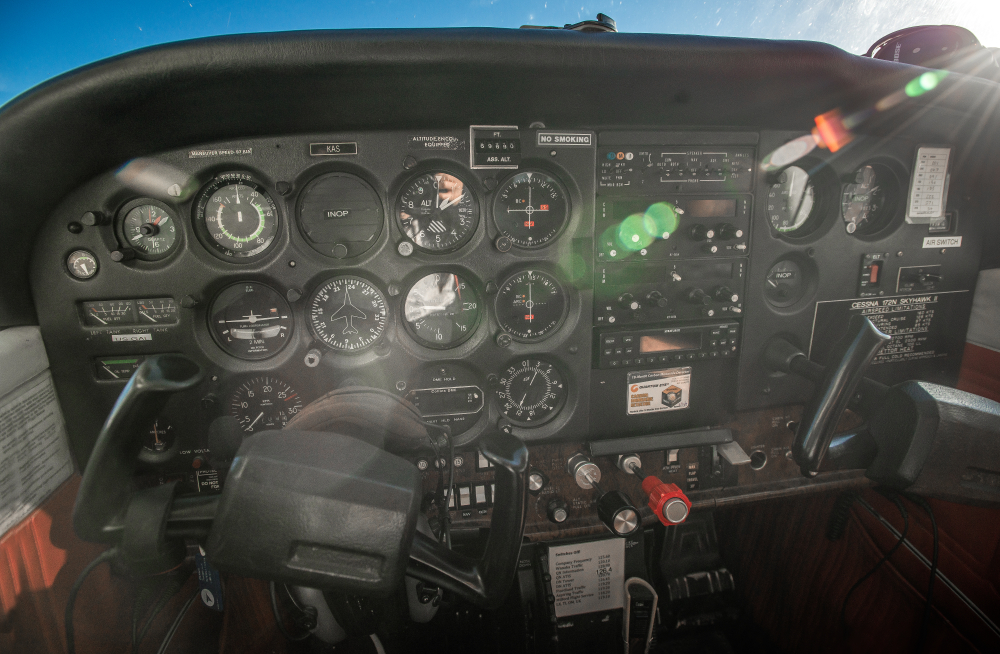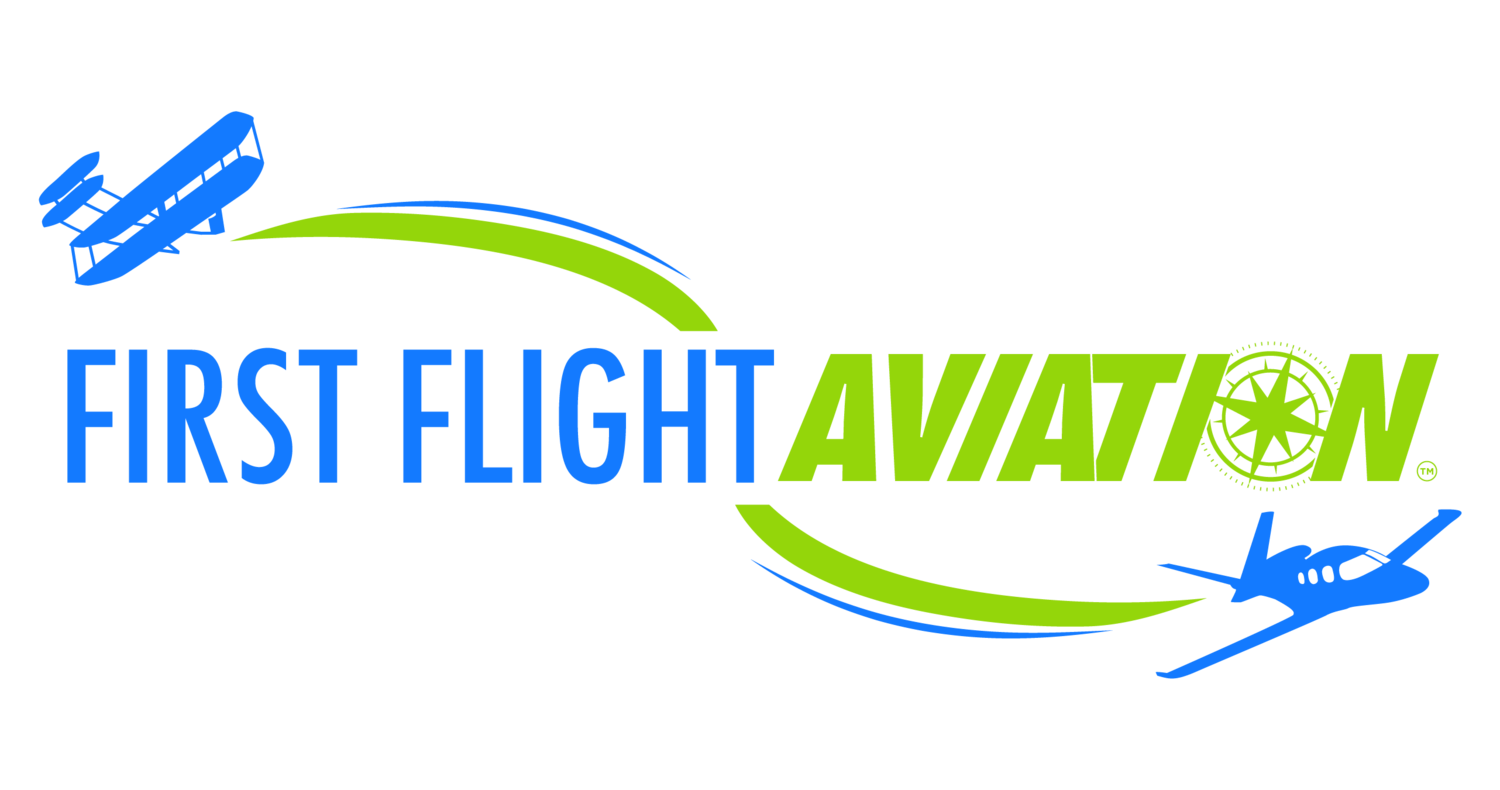
The Cessna 172 Skyhawk, a cornerstone of aviation training and light aircraft enthusiasts, boasts a cockpit that is both intuitive and comprehensive. This guide will walk you through the various components of the Cessna 172 cockpit, providing you with the knowledge needed to navigate and understand this popular aircraft.
Overview of the Cessna 172 Cockpit
Introduction to the Cessna 172
The Cessna 172, also known as the Skyhawk, is the most produced aircraft in history, with over 44,000 units built since its introduction in 1956. Known for its reliability, ease of handling, and forgiving flight characteristics, the Cessna 172 is a favorite among flight schools and private pilots alike. The cockpit of the Cessna 172 is designed to be user-friendly, making it an ideal platform for both new and experienced pilots.
Basic Layout of the Cockpit
The cockpit of the Cessna 172 is divided into several sections, each housing specific instruments and controls necessary for flight operations. The main sections include the instrument panel, the control yokes, the throttle quadrant, and various avionics. Understanding the layout and function of these components is essential for effective aircraft operation.
Breaking Down Everything in the Cessna 172 Cockpit
Instrument Panel
The instrument panel is the heart of the Cessna 172 cockpit, providing critical flight information to the pilot. It is typically divided into several key areas:
Primary Flight Instruments
- Airspeed Indicator: This instrument displays the aircraft’s speed relative to the surrounding air, measured in knots. It is essential for maintaining safe flight speeds during different phases of flight.
- Attitude Indicator: Also known as the artificial horizon, this instrument shows the aircraft’s orientation relative to the horizon, helping the pilot maintain level flight.
- Altimeter: The altimeter measures the aircraft’s altitude above sea level, a crucial piece of information for navigation and collision avoidance.
- Vertical Speed Indicator (VSI): This instrument indicates the rate of climb or descent in feet per minute, aiding in altitude adjustments.
- Heading Indicator: Complementing the magnetic compass, the heading indicator shows the aircraft’s current heading, essential for navigation.
- Turn Coordinator: This instrument helps the pilot execute coordinated turns by showing the rate of turn and indicating whether the turn is coordinated, slipping, or skidding.
Engine and System Monitoring
- Tachometer: Displays the engine’s RPM, critical for power management and avoiding engine over-speed.
- Oil Pressure and Temperature Gauges: Monitor the health of the engine by indicating oil pressure and temperature levels.
- Fuel Gauges: Show the amount of fuel remaining in each tank, allowing the pilot to manage fuel consumption effectively.
Avionics
The avionics suite in a Cessna 172 can vary depending on the model and upgrades, but typically includes:
Communication and Navigation Radios
- COM Radios: Used for communication with air traffic control and other aircraft.
- NAV Radios: Provide navigation aids, such as VOR (VHF Omnidirectional Range) and ILS (Instrument Landing System) signals, for enroute navigation and approaches.
GPS Systems
Modern Cessna 172s are often equipped with GPS units that provide precise navigation capabilities. The Garmin G1000, a popular integrated flight deck system, combines GPS, primary flight display (PFD), and multi-function display (MFD) to offer enhanced situational awareness.
Transponder
The transponder transmits the aircraft’s position to air traffic control, improving visibility on radar screens. It is essential for operating in controlled airspace and under instrument flight rules (IFR).
Control Yokes
The control yokes in the Cessna 172 are the primary interface for the pilot to manipulate the aircraft’s attitude. Each yoke controls:
- Ailerons: By turning the yoke left or right, the pilot controls the ailerons, which manage the aircraft’s roll.
- Elevator: Pushing or pulling the yoke controls the elevator, affecting the pitch of the aircraft.
Throttle Quadrant
The throttle quadrant is a key component for managing the engine’s power and includes:
- Throttle: Controls engine power output by regulating the amount of fuel and air entering the engine.
- Mixture Control: Adjusts the fuel-to-air ratio, crucial for optimizing engine performance at different altitudes.
- Carburetor Heat: Used to prevent icing in the carburetor, which can disrupt the fuel-air mixture and cause engine failure.
Understanding the Functionality of Each Component
Flight Instruments in Detail
Airspeed Indicator
The airspeed indicator is color-coded to provide quick reference points for different flight regimes:
- White Arc: Flap operating range.
- Green Arc: Normal operating range.
- Yellow Arc: Caution range, which should only be flown in smooth air.
- Red Line: Never exceed speed (VNE).
Understanding these ranges helps the pilot operate the aircraft safely under various conditions.
Attitude Indicator
The attitude indicator displays the aircraft’s pitch and bank angles, crucial for maintaining spatial orientation, especially in poor visibility conditions. It uses a gyroscope to provide a stable reference, helping pilots keep the aircraft level and correctly oriented.
Engine and System Monitoring Gauges
Tachometer
Maintaining the correct RPM is essential for efficient engine performance and avoiding damage. The tachometer provides real-time feedback, allowing pilots to adjust the throttle to achieve optimal power settings.
Oil Pressure and Temperature Gauges
These gauges are critical for monitoring engine health. Normal oil pressure ensures proper lubrication of engine components, while the oil temperature gauge helps prevent overheating. Abnormal readings on these gauges can indicate potential engine problems that require immediate attention.
Avionics for Modern Navigation
GPS and Integrated Flight Decks
The introduction of GPS and integrated flight deck systems like the Garmin G1000 has revolutionized navigation in the Cessna 172. These systems provide precise positional data, terrain awareness, and easy-to-follow routing, significantly enhancing flight safety and efficiency.
Transponder Modes
The transponder operates in different modes, including:
- Mode A: Provides a basic identification code.
- Mode C: Adds altitude reporting to the identification code.
- Mode S: Enhances Mode C with additional data exchange capabilities, including traffic information services.
Understanding how to operate the transponder in various modes is essential for compliance with air traffic control requirements and improving situational awareness in busy airspace.
Advanced Features in Modern Cessna 172 Models
The Garmin G1000 Integrated Flight Deck
The Garmin G1000 is a sophisticated avionics suite found in many modern Cessna 172s. It includes:
- Primary Flight Display (PFD): Combines traditional flight instruments into a single, easy-to-read display.
- Multi-Function Display (MFD): Provides additional information such as engine data, weather, and navigation maps.
- Enhanced Situational Awareness: Features like synthetic vision and traffic advisory systems (TAS) help pilots maintain awareness of their surroundings and avoid potential hazards.
Autopilot Systems
Many newer Cessna 172s are equipped with autopilot systems, which can significantly reduce pilot workload by automatically controlling the aircraft during various phases of flight. Common functions include:
- Altitude Hold: Maintains a set altitude.
- Heading Hold: Keeps the aircraft on a predetermined heading.
- Navigation Mode: Follows a flight plan entered into the GPS or navigation system.
ADS-B Technology
Automatic Dependent Surveillance-Broadcast (ADS-B) is a technology mandated by the FAA for many aircraft operating in controlled airspace. It improves air traffic control’s ability to track aircraft and provides pilots with traffic and weather information. The ADS-B Out component broadcasts the aircraft’s position, while ADS-B In allows the reception of traffic and weather data.
Preparing for a Flight in the Cessna 172
Pre-Flight Checks
Conducting thorough pre-flight checks is crucial for ensuring the aircraft is in a safe condition for flight. Key steps include:
- Exterior Inspection: Check the airframe, control surfaces, landing gear, and fuel quantity.
- Interior Inspection: Verify the condition and functionality of instruments, controls, and avionics.
- Engine Start-Up: Follow the checklist for starting the engine, checking for normal readings on all gauges.
In-Flight Procedures
Understanding the in-flight procedures for the Cessna 172 is essential for safe operation:
- Takeoff: Gradually increase throttle to full power, maintain the centerline, and rotate at the specified speed (Vr).
- Climb: Adjust pitch to achieve the best rate of climb (Vy), monitoring airspeed and engine parameters.
- Cruise: Set power and mixture for cruise flight, maintain altitude and heading using flight instruments and autopilot if available.
- Descent: Plan descent to arrive at the appropriate altitude before the destination, managing speed and engine power.
- Landing: Follow standard landing procedures, using flaps as needed and maintaining a stabilized approach.
Emergency Procedures
Pilots must be familiar with emergency procedures to handle unexpected situations effectively. Key emergencies include:
- Engine Failure: Establish best glide speed, identify a suitable landing area, and attempt to restart the engine if time permits.
- Electrical Failure: Conserve battery power, use standby instruments, and land as soon as practical.
- Instrument Failure: Use backup instruments and seek assistance from air traffic control for navigation and landing.
Conclusion
The Cessna 172 cockpit, with its well-designed layout and modern avionics, offers pilots a robust platform for learning and flying. By understanding each component and its functionality, pilots can operate the aircraft safely and efficiently, making the most of their flying experience. Embrace the adventure of flying the Cessna 172 and enjoy the journey as you master its cockpit.
Need a Fixed-Base Operator in Dayton, OH?
Here at First Flight Aviation, we are passionate about helping you master the Cessna 172 cockpit and achieve your aviation dreams. Whether you’re just starting your pilot journey or looking to enhance your skills, our expert instructors and top-notch training programs are here to guide you every step of the way. Reach out to us today to learn more about our flight training options, schedule a discovery flight, or ask any questions you may have. Let’s take to the skies together and make your flying aspirations a reality.
